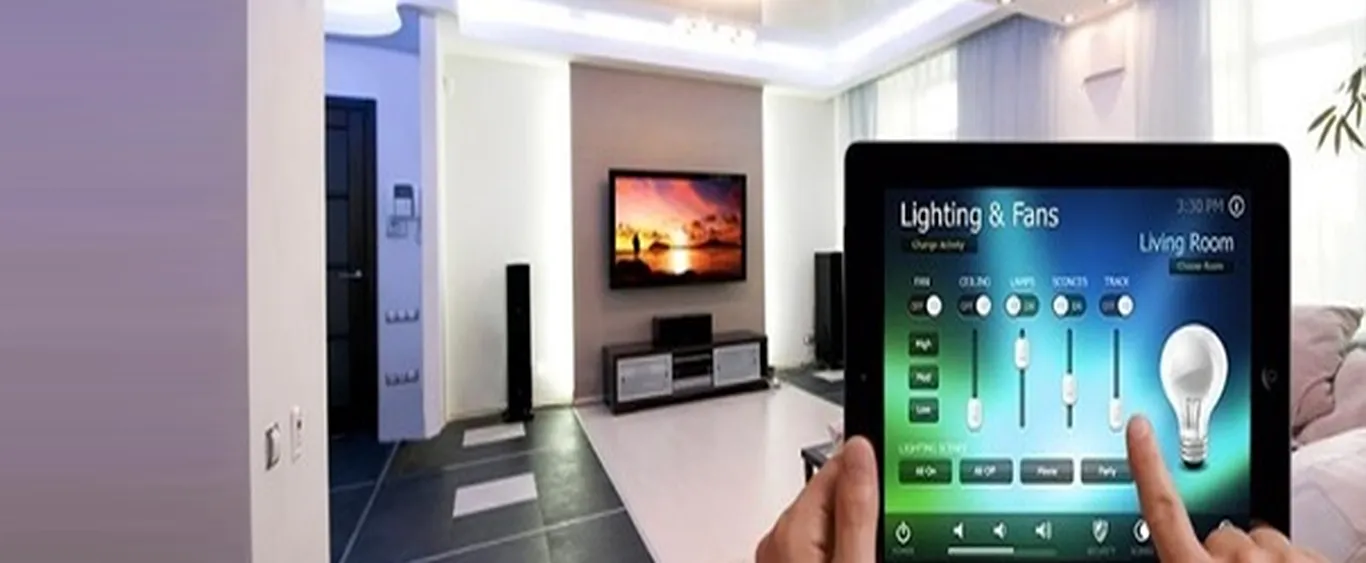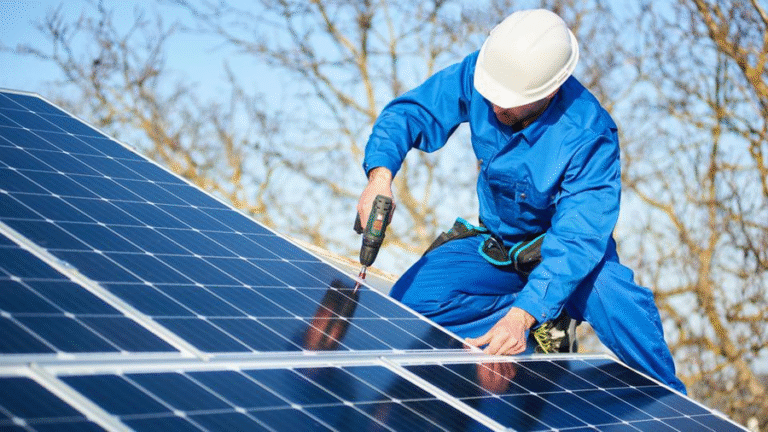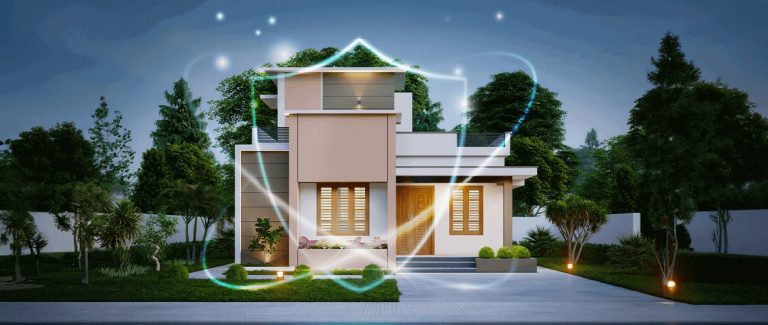
The rise of smart homes has redefined the way we interact with our living spaces, making daily routines more convenient and energy-efficient. However, one of the most compelling advantages of smart home technology lies in its potential to reduce costs. While the initial investment in smart devices and systems may seem daunting, the long-term savings they offer can be significant—especially when automation is harnessed effectively. From energy consumption to time-saving features, automation in smart homes can deliver cost savings that benefit homeowners both immediately and over time.
In this article, we will explore how automation in smart homes can help save money and increase efficiency. We’ll uncover practical cost-saving secrets that harness the power of technology to reduce energy waste, optimize household tasks, and extend the lifespan of essential systems. Whether you’re just starting to automate your home or you’re looking to refine your existing setup, these tips will help you leverage automation to make your home smarter and more budget-friendly.
1. Optimize Energy Usage with Smart Thermostats
One of the most significant areas where smart home automation can lead to cost savings is energy consumption. Heating and cooling a home accounts for a substantial portion of most household energy bills. Traditional thermostats require manual adjustment, often leading to unnecessary heating or cooling when no one is home or when everyone is asleep. Smart thermostats like the Nest Learning Thermostat or Ecobee take energy savings to the next level by learning your habits and automatically adjusting the temperature based on your preferences and schedule.
For example, these devices can lower the temperature when you leave the house and raise it again before you return, ensuring that you’re never wasting energy. Moreover, smart thermostats can be controlled remotely via smartphone, allowing you to make adjustments while you’re away. This ability to control and fine-tune temperature settings remotely helps reduce energy consumption without sacrificing comfort.
2. Automate Lighting to Save on Electricity
Another area where smart home automation shines is lighting control. Traditional lighting setups require manual switches, and in many cases, lights remain on unnecessarily—whether it’s due to forgetfulness or rooms being left empty. Smart bulbs and switches, such as those from Philips Hue or LIFX, can be set up to turn on or off according to specific schedules or even in response to motion.
Automating your lighting can reduce your electricity usage significantly. For instance, you can set your lights to turn off when a room is not in use or program them to dim when there is enough natural light. Motion-sensing lights add another layer of efficiency, ensuring that lights only operate when people are present, further reducing wasted electricity. In addition to energy savings, many smart lighting solutions offer customizable features, such as color adjustments, that can enhance the ambiance of your home while still keeping electricity consumption low.
3. Smart Appliances to Minimize Energy Waste
Smart appliances are another great way to reduce household energy consumption and save money over time. Refrigerators, washing machines, dishwashers, and other major household appliances now come equipped with smart technology that allows them to operate more efficiently. For example, smart washing machines and dryers can automatically detect load sizes and adjust water and energy use accordingly, preventing waste.
Some appliances also offer energy usage reports, enabling homeowners to track their consumption over time and identify opportunities for further savings. For example, a smart dishwasher may let you know that running it during off-peak electricity hours (usually at night) can save you money, allowing you to adjust your usage patterns accordingly.
Furthermore, smart refrigerators can notify you when the door has been left open or when the internal temperature fluctuates. This not only helps maintain the longevity of the appliance but also prevents energy waste, which can lead to higher electricity bills.
4. Water Conservation with Smart Irrigation Systems
Another often-overlooked expense is water usage, particularly when it comes to maintaining gardens or lawns. Watering systems can waste a significant amount of water, especially when they run on fixed schedules or are left running too long. With smart irrigation systems like Rachio or RainMachine, homeowners can automate watering schedules based on real-time weather data. This ensures that water is only used when necessary, cutting down on excessive irrigation that could otherwise lead to high water bills.
Smart irrigation systems can be programmed to adjust based on environmental factors such as rainfall, temperature, and humidity. This level of automation helps prevent over-watering or under-watering, ensuring the lawn or garden thrives while saving money on water consumption. Over time, these systems can deliver substantial savings on water bills and help conserve a precious resource.
5. Automate Window Blinds for Energy Efficiency
While it may not be the first device you think of when considering smart home automation, smart window blinds and shades can significantly contribute to energy savings by controlling the amount of sunlight that enters your home. Automated blinds, such as those offered by Lutron or Soma, can open or close based on the time of day, the amount of natural light, or the internal temperature of a room.
During the summer months, the ability to close blinds during peak sunlight hours can help keep the interior of your home cool, reducing the need for air conditioning. In the winter, having the blinds open during daylight hours allows sunlight to naturally heat your home, reducing the need for additional heating. By automating this process, you can optimize your home’s energy efficiency, saving on both heating and cooling costs year-round.
6. Smart Plugs and Power Strips to Reduce Standby Power Use
One of the simplest and most affordable ways to reduce electricity waste is through the use of smart plugs and power strips. Many household appliances, such as televisions, computers, and kitchen gadgets, continue to draw power even when they are turned off, a phenomenon known as “phantom” or “standby” power usage. Over time, this unnecessary power draw can add up to a significant cost.
Smart plugs, such as those from TP-Link Kasa or Wemo, allow you to control when appliances are powered on or off via an app. You can set timers or schedules for appliances to turn off when not in use, eliminating the energy consumption of idle devices. Smart power strips can achieve the same effect by cutting power to all connected devices when they are no longer needed. This small adjustment can result in noticeable savings on your electricity bill.
7. Enhance Home Security with Smart Sensors
While home security systems can sometimes feel like an additional cost, smart home security devices can actually help you save money in the long run. Traditional security systems often require monitoring fees, and some may lead to unnecessary emergency service calls if they aren’t properly calibrated. By using smart security cameras, motion detectors, and door/window sensors, you can enhance your home’s safety without relying on expensive monitoring services.
Many smart security systems, such as Ring or Nest Cam, offer self-monitoring capabilities, allowing you to track activity via an app and only call for help when necessary. Additionally, these devices can help you avoid false alarms by providing more accurate alerts, reducing the risk of fines or unnecessary service calls.
8. Extend the Life of Your Appliances with Smart Maintenance Alerts
Another hidden cost-saving benefit of smart home automation is the ability to extend the lifespan of your household appliances. Smart appliances, such as washing machines, refrigerators, and HVAC systems, are equipped with sensors that monitor their performance and provide alerts when maintenance is needed. These alerts can help prevent costly breakdowns by allowing you to address minor issues before they turn into expensive repairs.
For instance, a smart refrigerator might notify you when the condenser coils need cleaning, or a smart thermostat may alert you when it’s time to change the air filter in your HVAC system. By staying on top of maintenance tasks, you can avoid expensive repairs and replacements, thus prolonging the life of your devices and saving money over time.
9. Smart Home Integration to Maximize Automation
When you integrate multiple smart devices into a single, cohesive system, you can unlock even greater cost-saving benefits. Platforms like Amazon Alexa, Google Assistant, and Apple HomeKit enable you to connect different devices and create automation routines that enhance the efficiency of your home. For example, you could set up a routine where your thermostat adjusts the temperature, lights turn off, and security system arms when you leave for work. These automated routines reduce energy usage, maximize efficiency, and free up your time.
10. Optimize Device Usage with Smart Scheduling
Lastly, creating schedules for your devices ensures that they only run when needed. Whether it’s running the dishwasher during off-peak hours or programming your heating system to turn off at night, smart scheduling allows you to make the most out of your devices without wasting resources. By automating these tasks, you’ll ensure that your home runs more efficiently, which translates to lower utility bills and a more sustainable lifestyle.
Conclusion
The allure of smart home automation extends beyond convenience and luxury—it also offers significant cost-saving benefits. By automating routine tasks, optimizing energy usage, and reducing waste, you can lower your household expenses without sacrificing comfort or security. While the initial investment in smart devices may seem substantial, the long-term savings they provide make them a worthwhile consideration for any homeowner.
By carefully integrating energy-efficient devices, automating key household tasks, and staying on top of maintenance, you can transform your home into a more efficient, sustainable, and cost-effective living space. As smart technology continues to evolve, the potential for even greater savings is only increasing, making now the perfect time to embrace automation in your home.





